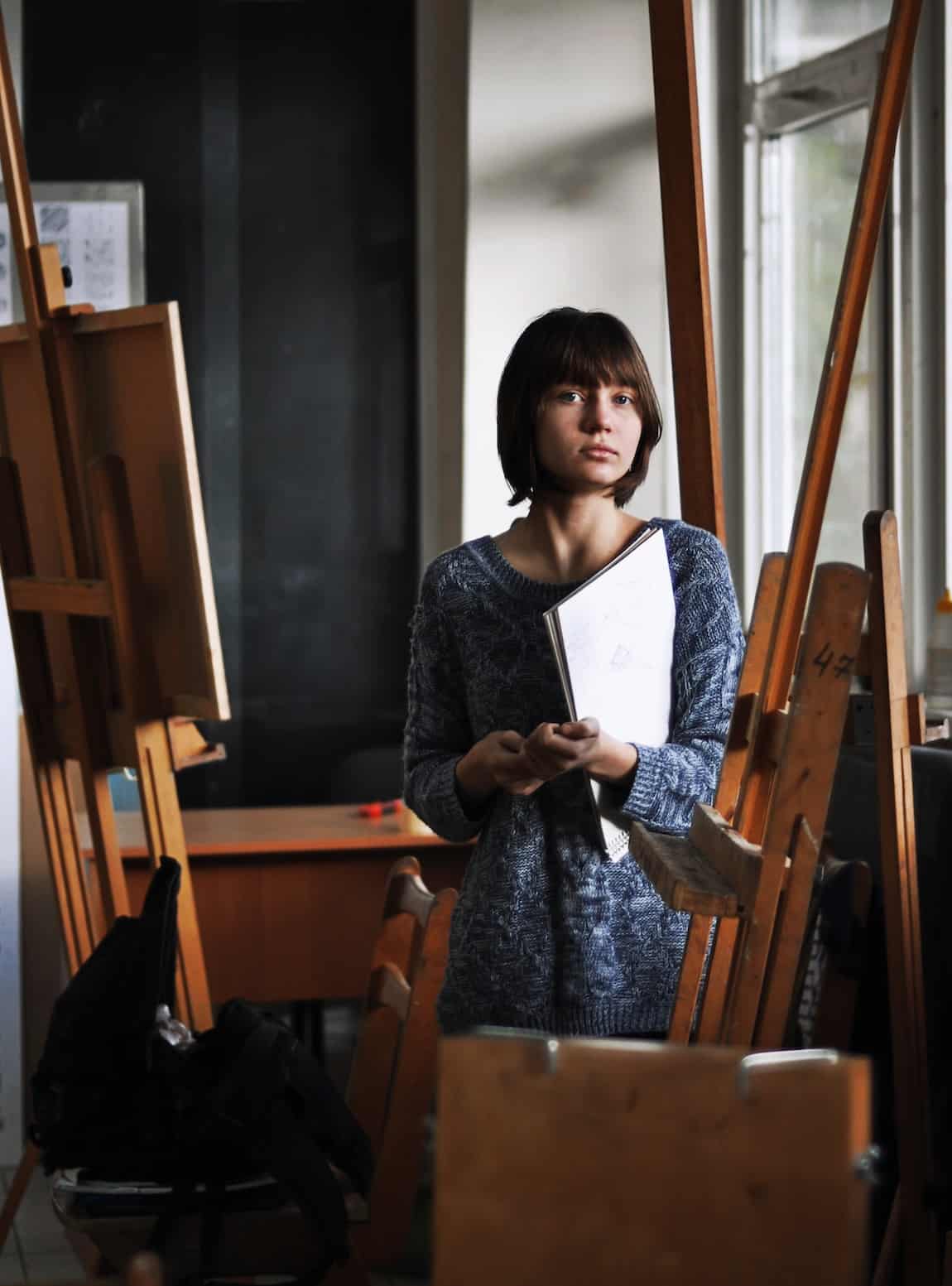The topic of making businesses and practices eco-friendly (or earth friendly as some people like to call it now) isn’t new. However, there’s a huge push in places like San Francisco and New York to adapt operations from the ground up to make them environmentally conscious. This means everything from the building structure, the internal and external systems that are relied upon, what materials are used to fit it out, and how eco-friendly the products are that are created there too.
Particularly in cities where there are many art lovers who are often more environmentally conscious, art studios are necessarily moving far more towards being as carbon neutral as possible and making other positive changes for the environment. Not only do the art studio and artists feel good about making such moves, but when fielding questions about how eco-friendly their studio is, they can talk confidently about what they’ve done in this regard.
In this article, we will cover some useful steps to creating an eco-friendlier art studio. When the studio is shared with several artists, it will doubtless attract them to toil on their art from there and when the art studio is used by a solo artist, the environmentally friendly approach can give the artist’s work extra appeal too.
Aim to Reduce Power Usage
Reducing power consumption is a worthy goal. It does, however, span a number of different areas where changes can be made.
Use Eco-friendly Lightbulbs
Using eco-friendly lightbulbs can increase illumination as it also reduces power usage considerably. There’s now a wide range of choice with these types of light bulbs as the interest in reducing energy bills has grown along with a desire for people to care more about the Earth.
Light bulbs are now also controllable via mobile apps. The bulbs can be controlled as a group to adjust their lumens (increase or reduce the light level) and some can even switch color hue to match the mood. Therefore, for artists who wish to paint while bathed in a blue glow or a yellow luminance, this is now perfectly possible.
Art studios will need to stick more to the consumer side of the lighting market to get the widest choices for Earth friendly options. The business market is far more sedate by comparison – fewer color switching bulbs to pick from, but still some good eco-friendly products nonetheless.
Turn Off Electronics and Equipment
Turning off any equipment such as lighting stands, mobile electronics and laptops when not in use saves on energy. Unplugging when the studio is not in use is the safest option because it avoids any problems with electrical surges too.
Also, use an energy saving mode on a laptop or desktop PC to reduce how long the monitor or screen stays active. Some modes can spin down the hard drive to save wasted energy there too. While PCs can automatically either go into Sleep Mode or Hibernation Mode, that doesn’t prevent all energy usage. When they’re not needed, it’s best just to log out and shut down safely.
Turn Off the Lights
Along with dimming the lights, turning them off is a better bet. For rooms at the art studio that are not continually used – like the washroom facilities – consider putting in a timer power button that when pressed will turn off the lights after a limited time. A timer for a few minutes is usually sufficient for most people. A clapping system to reactivate the lights is a useful added feature to avoid someone needing to reach for the light button a second time.
Make the Switch to Solar Power
Certain states like Florida, California and Nevada receive a plentiful supply of sunlight that’s ideal for solar power installations. In terms of an art studio in San Francisco, a solar panel installation in the Bay Area either on the building’s roof or elsewhere on the grounds makes a good deal of sense.
With technological improvements, solar panel costs in the Bay Area have come down as demand has increased. Increasing production has also lowered costs which enables people to adopt solar power, save money to recover the investment expense in less time, and reduce a reliance on the power grid too.
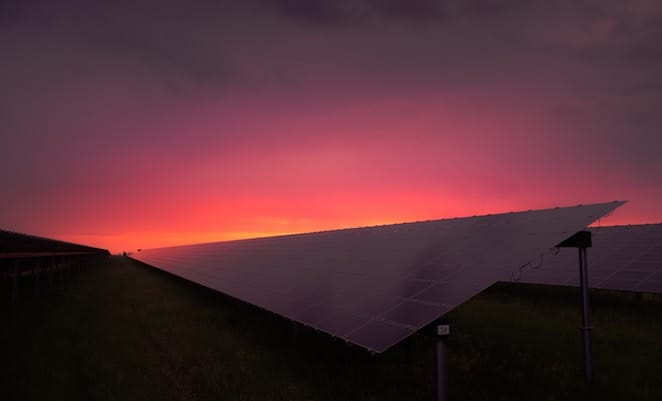
Semper Solaris is veteran owned, which provides a way for customers to feel they are giving thanks to those who’ve served. As a local business, it provides employment to skilled installers who can deliver a quality solar solution.
The power of the sun is channeled through solar panels and converted as energy that can be used directly or stored in battery banks for later use. While Solar Panels in the Bay Area are affordable, switching to solar energy is a significant move towards a more eco-friendly art studio. Indeed, it’s one of the best changes to make that keeps on giving in the form of clean energy.
Change Up Your Water Supply
Whether through drinking water and other beverages at the studio, or water used to dip brushes into, water is an essential. It’s commonplace to either purchase single bottles of drinking water or packs of bottled water at a convenience store or a big box store. These disposable plastic bottles can take many centuries to biodegrade in landfills and are a blight. Instead, it’s smarter to seek out a supplier of natural spring water that is provided in 20-liter, or larger, water bottles. This kind are often delivered to office buildings and slot into standing water dispensers to make it convenient for office workers to drink fresh water regularly and reduce a dependence on soda. The large bottles are returnable, where they’re cleaned and reused, making them far more eco-friendly.
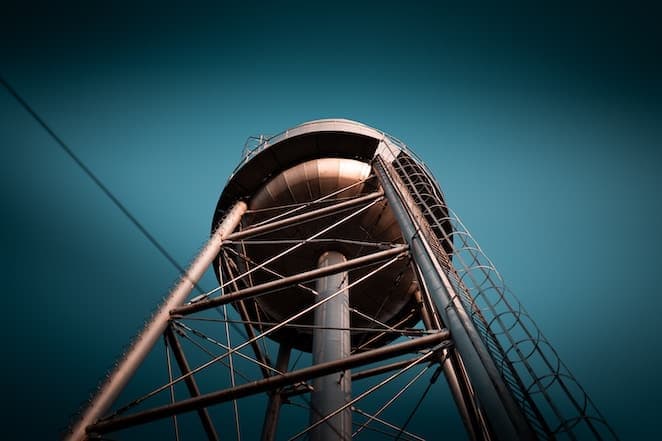
While you could purchase a similar water dispenser, another approach is to purchase either a hand water pump or a USB-powered water pump. Either version sits atop of the larger water bottle and has a dispenser to let water flow into a cup or small bottle for convenience. The bottle can be placed on a table at a convenient height for anyone at the studio to access. Also, if you prefer chilled still water, then dispensing into 1.5-liter water bottles and storing them in a refrigerator does the trick.
Paints, Solvents, Toxins and the Environment
The paints and paint thinners that are used at an art studio present some unusual hazards that are worth discussing here.
The Dangers of Paint
Of course, paint comes in many different colors, and this pigmentation can present some issues when washing the paint away. Some pigments have either toxins or heavy metals, and these must be handled before disposing of the paint.
Even dried paint can be a potential hazard to the environment. Even when finding its way through a sewer or ending up in a distant landfill, soil has microorganisms that will break down the paint. This results in some of those toxins or metals getting into the food chain eventually.
When still knowingly using paint with lead, heavy metals or other toxins, any resulting remnants must be disposed of at a hazardous waste facility. The better option, though, is to switch to a cleaner paint source for your artwork.
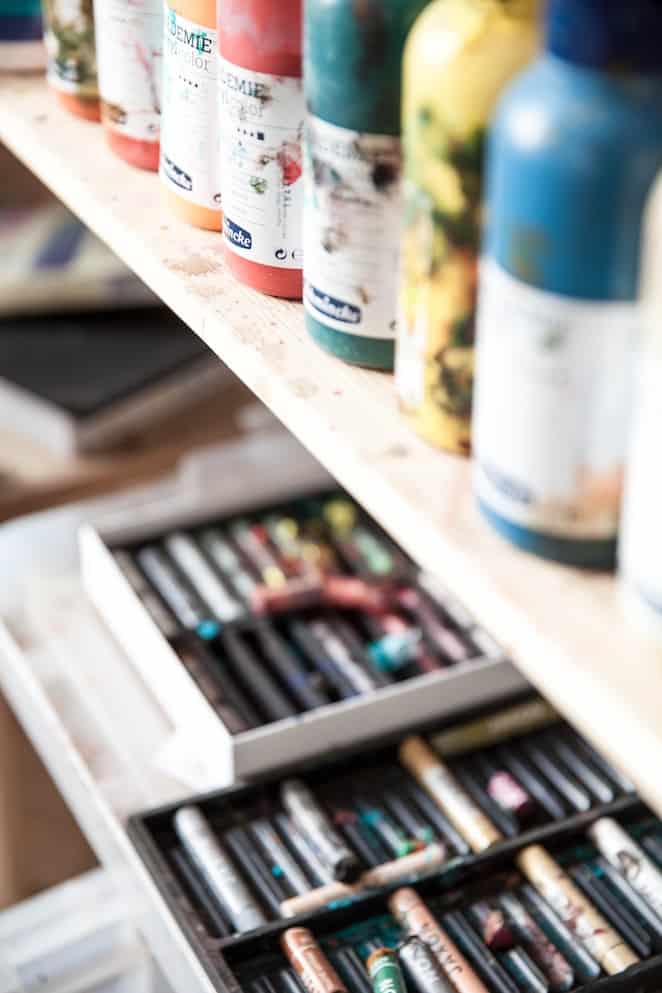
Cleaning Paint Brushes the Right Way
Washing paint brushes at the sink with running water isn’t safe to do using soap alone. Enough of the paint drops off the brush without breaking down first. This then ends up going down the drain potentially causing a future pipe blockage and certainly contributing to an environmental problem as described in the previous section.
The right way to wash off oil-based paint is away from the sink using solvents. This breaks down the paint to stop it being problematic for the environment. Once washed with solvents, using soap over the sink gets rid of almost all remaining color pigment before it goes into the drain and water pipes below.
Also, by separating out the solvent from the washing process at the sink using soap, a system can be employed to reuse the solvents too. A two-container system is useful here. One to store the solvent, and the second to place brushes and pour in the solvent gradually. When left overnight, the paint remnants will have fallen to the bottom of the container making it possible to pour out the solvent into the other container to use again. Then you’re left with just the separated solvent at the bottom to remove safely.
Securely covering and storing solvents safely is very important. Make everyone aware who uses the Art Studio where they’re stored and how to safely use them to clean their brushes.
Reduce Paint Waste
Being wasteful by squeezing out way too much paint on the palette is a bad start. This is a habit that once you’ve gotten into is hard to break. Remember that there’s more in the tube and you’re unlikely to interrupt your flow by adding more later.
Any leftover paint on the palette is better preserved by placing it a freezer, refrigerator or cooler. The paint lasts longer between uses that way rather than leaving it to air dry.
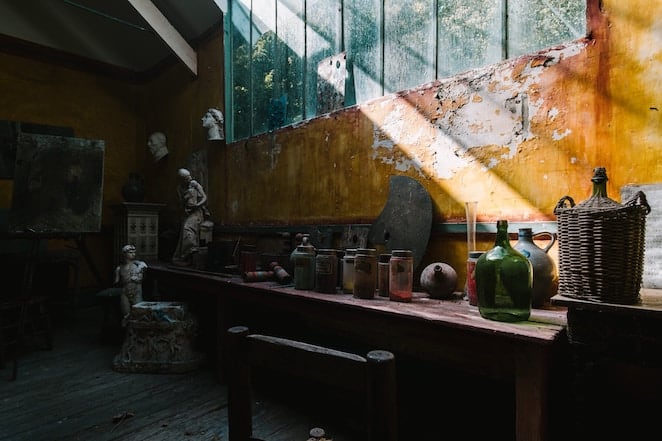
For anyone who regularly loses the caps off the top of paint tubes and then the paint dries up, encourage them to store caps from spent tubes of paint. This provides backup caps for when a cap gets mislaid again and saves money on wasted supplies too.
Also, sometimes tube lids get stuck in position. In which case, submerge them in heated water to let them work looser. It’s beneficial to clean tubes of paint that have been used prior to putting the supplies away as this prevents lids getting stuck in the first place. Adding petroleum jelly around the threads below the cap is a useful tip from experienced painters who know this problem only too well.
Make Your Transport Eco-Friendly Too
To be more environmentally friendly for your trips to and from the art studio, it’s not necessary to go all out and purchase a Prius.
Using alternative methods of transit like public transport, carpooling with friends or fellow artists, riding a bike or simply walking as part of a daily exercise routine all work just fine.

As long as you set off with enough time to arrive on time to open the studio for anyone else who’s planning to use it, you’ll be fine.
Reuse Other Materials
Look for sensible ways to reuse materials. For instance, cardboard boxes and other packaging that is received over time can often be reused, or at least, recycled. Bubble wrap is handy for packing to prevent damage during transit too.
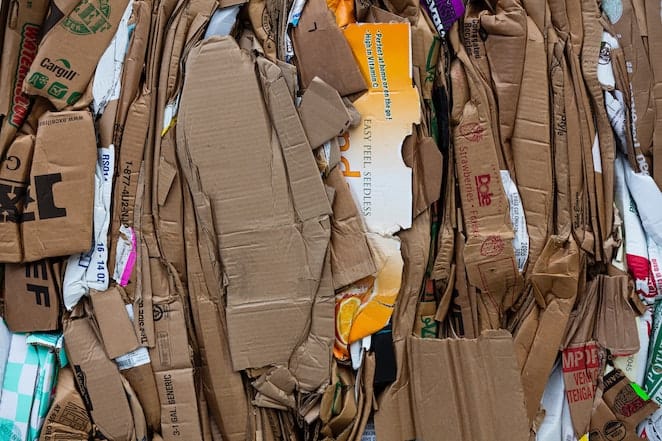
Also, look to digitize as much as possible. Avoid the use of paper as a waste product. If you do use paper, find an efficient way to get it recycled as pulp to produce more paper to keep trees alive for longer, which as we know, helps to clean the air.
Educate Everyone Who Uses the Studio
Be sure to find a pleasant way to educate people who share the art studio about how to clean brushes, dispose of materials properly and help run an eco-friendly place to create artwork. It simply doesn’t make sense to bring beauty into this world through art while contributing to the planet’s pollution issues at the same time. As long as this message is carefully conveyed, it won’t be difficult to get artists onboard.
It’s very important that the art world is as eco-friendly as possible. While to outsiders, the use of paint, pigmentation, and solvents represents a cause for concern, that’s only the case when art studios and the painters themselves follow bad practices.
There are plenty of ways to manage supplies, dispose of color pigment safely and avoid using potential toxic paint materials to keep art creation friendly for the environment. Furthermore, when making the studio itself better equipped using modern technology like solar power and water supply services that recycle plastic bottles instead of disposing of them in landfills, the premises, power usage and plastic waste can be managed well for the benefit of everyone.
